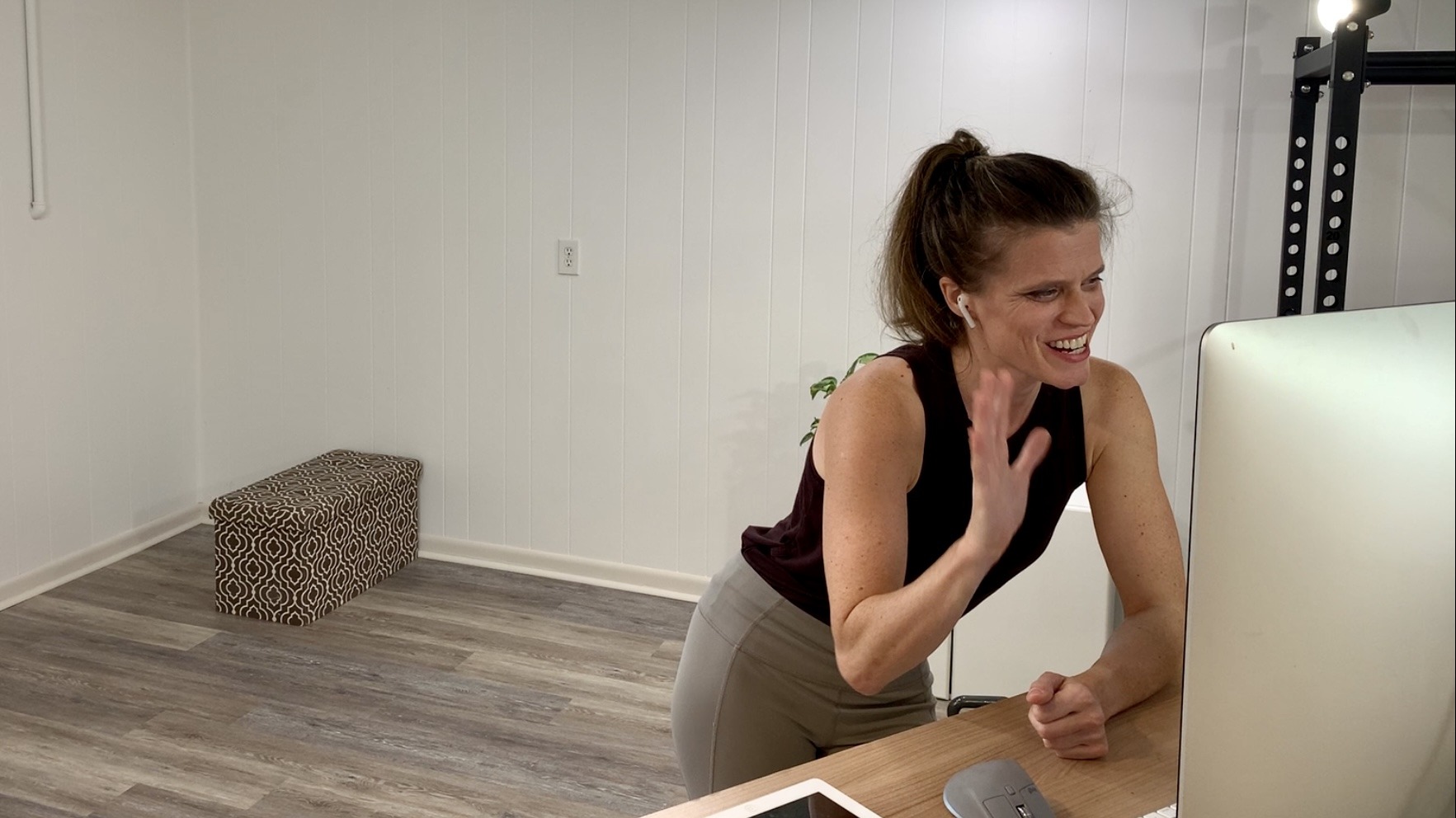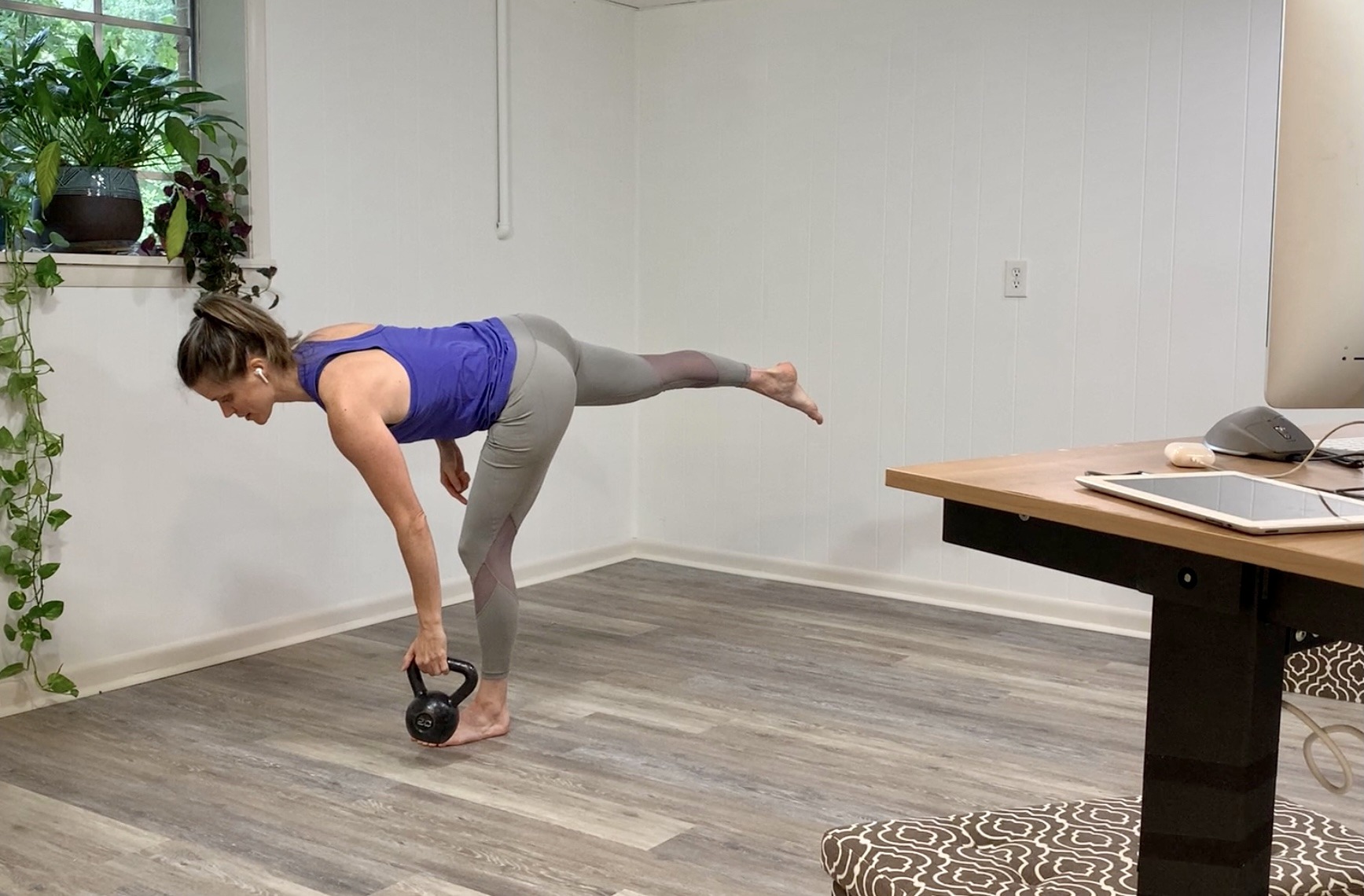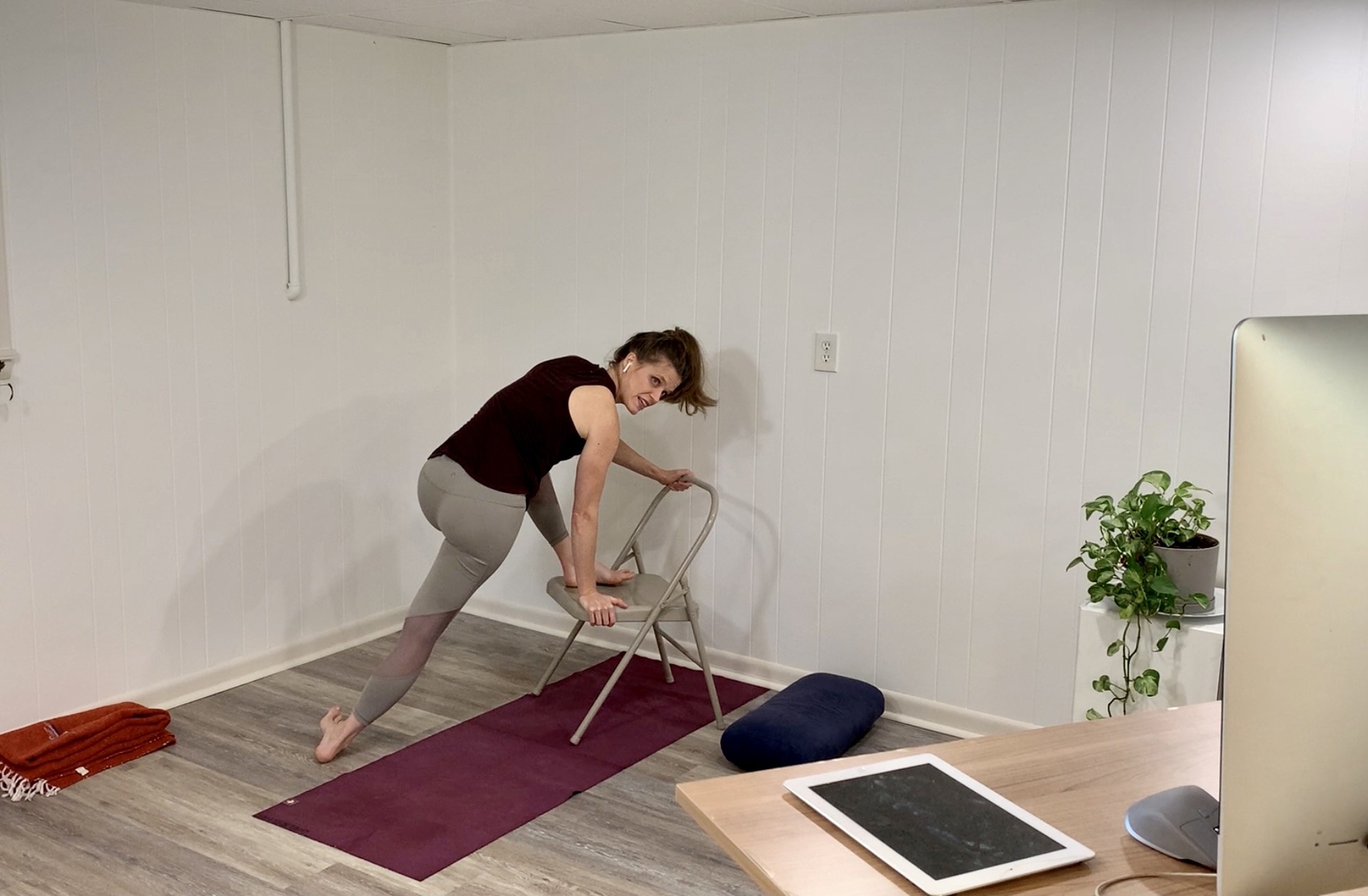Teaching online has called into question many of the structures and formulas we thought were required for sharing movement practice together. We’ve learned that we don’t need to be in the same room—or the same country!—and that we can experiment with different business models and modalities alongside our curious students, as I’ve done in my Virtual Studio. Navigating these changes can be as challenging as it is liberating, especially when it comes to the way that we build our classes around time.
The one-hour time slot has become a standard for everything from a yoga class to a coffee date to a business meeting, and much of our lives rely on the smooth running of that hourly clock. But who decided 60 minutes of movement is the right amount? There are many reasons why you’d want to move for more or less time, and our new online platforms give us an opportunity to adjust that arbitrary time for movement classes to better suit our students.

In my experience and informal polling, teaching online has created the need and opportunity for shorter classes. Some teachers are hesitant to teach shorter classes because somehow they have this idea that the shorter classes aren’t effective, or aren’t “yoga” enough. In actuality, shorter classes are more accessible to people and might make it possible for more people to practice more often.
Let’s talk through 5 reasons that might be the case.
More consistent movement practice
Although folks are not commuting to class, which might add an hour or more to their “class time,” home life might now have merged entirely with work/school/childcare life, so the pockets of time for movement are precious. Giving students a way to practice with you for any length of time will help them stay more consistent. If we consider that a little movement + often = a lot, then those smaller intervals of class time more consistently still adds up!

Cameras on
There are pros and cons to the whole two-way streaming situation, which can make teaching online challenging. But one reason I’ve heard students keep their cameras off is not because they don’t want to be seen, but they need to leave early and don’t want to detract from the “integrity” of the class by ducking out. With shorter classes, more people may stay for the whole thing, which also means they’ll get the full program you had planned (i.e., no more skipped savasana!).
Editing
Time flies in a live class when you’re trying to offer thorough instruction, demo, and watch your students. Sometimes there can be long interludes if you offer a student personal instruction, or realize the group isn’t getting something and you need to stop for a posture lab. This won’t always be relevant, or possible, in an online setting; students may have trouble, or not be interested in, seeing you help another screen-square, especially when watching a replay. When you teach online, though, you get the chance to go through your class and edit out what’s not necessary for the recording. The class may be shorter as a result, but it will be more efficient and effective teaching. As teachers, I think we can often say more by saying less (and help more by teaching less, too).

Clearer teaching
Time can be one of those helpful creative constraints that helps you really hone in on what you want to say and not get stuck in your own weeds. When I know I have less time to get through a class, I have to make sure I prepare and practice what I’m about to teach, which ultimately leads to a more direct set of instructions since I’ve worked out all the kinks ahead of time. The very process of editing your classes post-production might also reveal certain tics or habits that you can later edit out of your teaching overall.
Integrity to the Modality
Depending on what you teach, an hour might not be an appropriate length of time to complete the routine. In my kettlebell classes, for instance, we often work for RPE, which will different for every person depending on their experience level. Some might need 10 minutes to reach an RPE of 8, others might need 5. Expecting everyone to work for the same amount of time, in this case, might result in their pushing past their limits, which is not going to result in a positive experience for you or them!
What’s the shortest live class you’ve ever taught? Did you find it easier or harder to teach a short class?


Leave a Reply